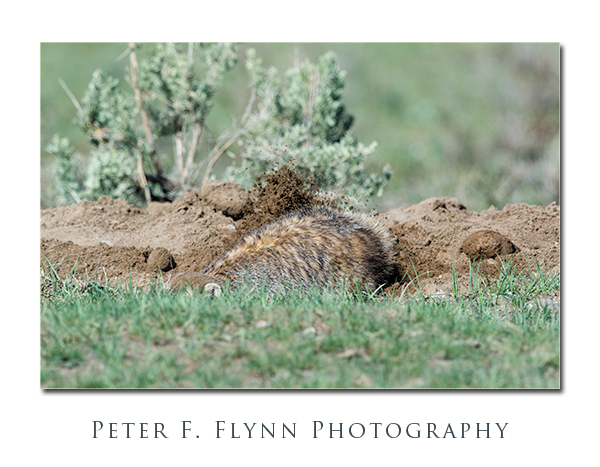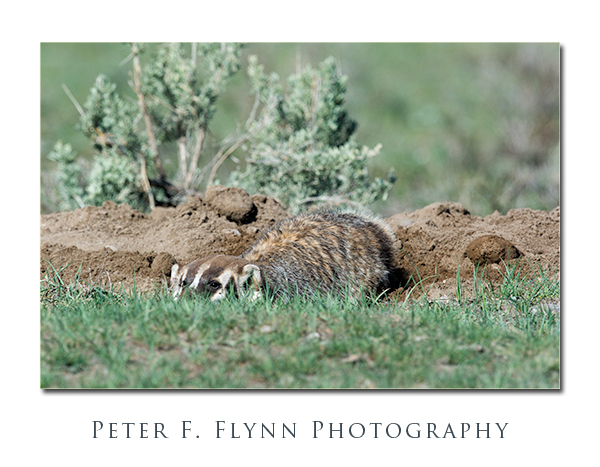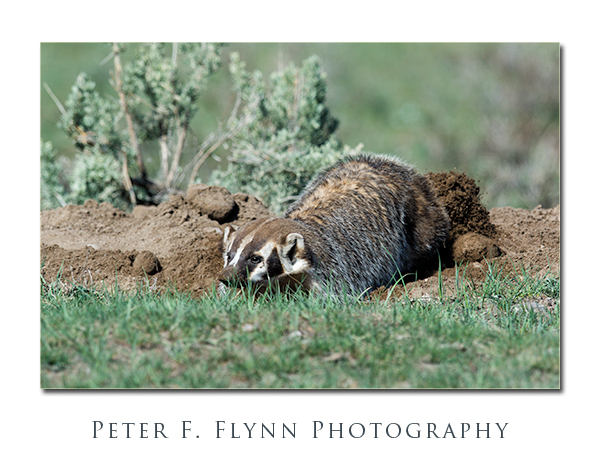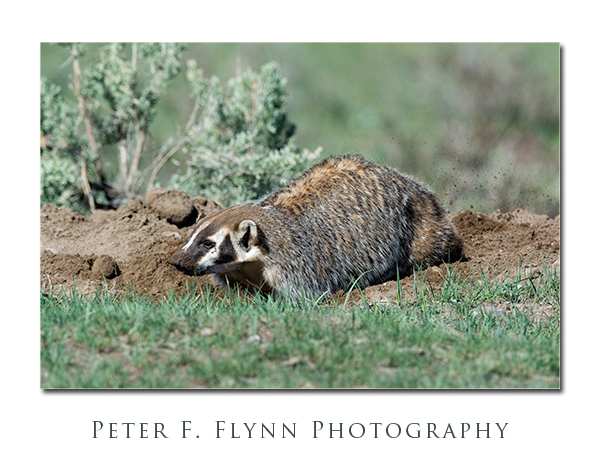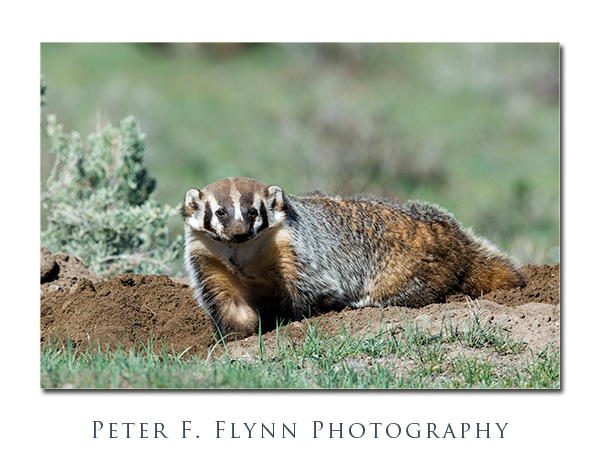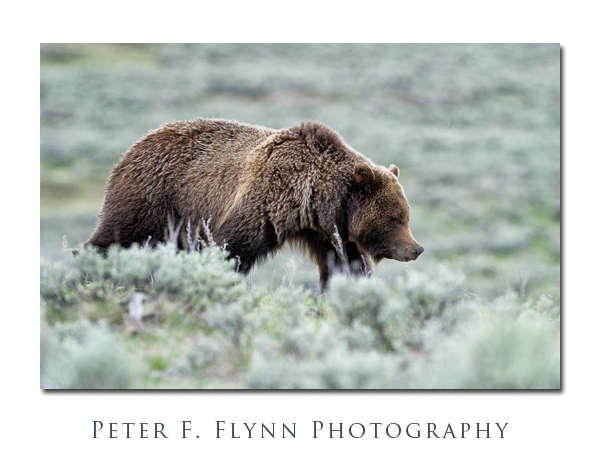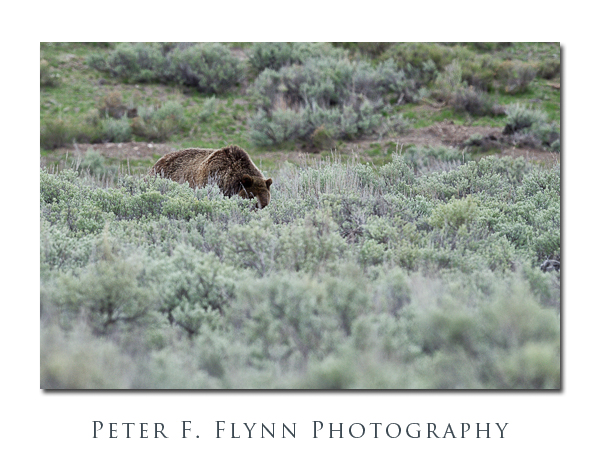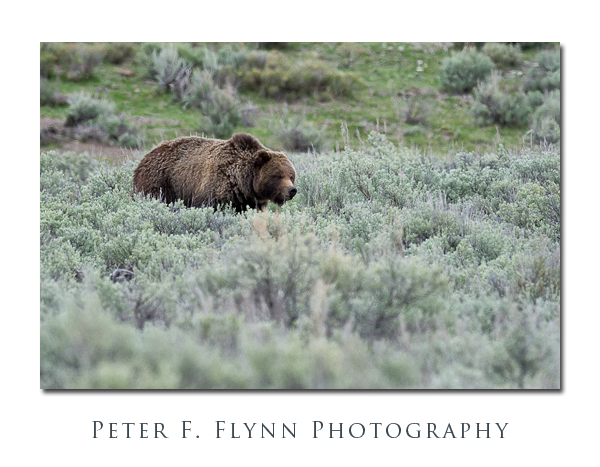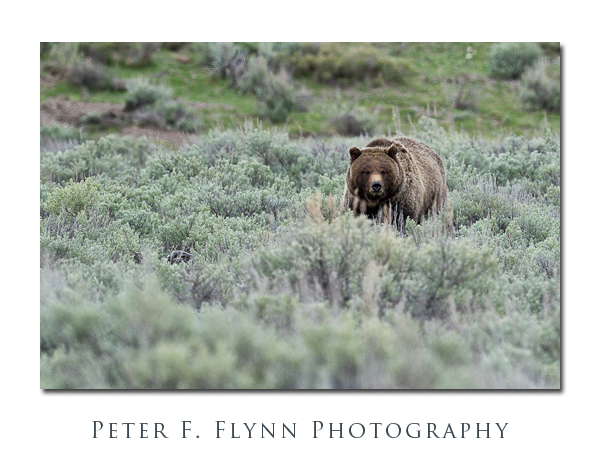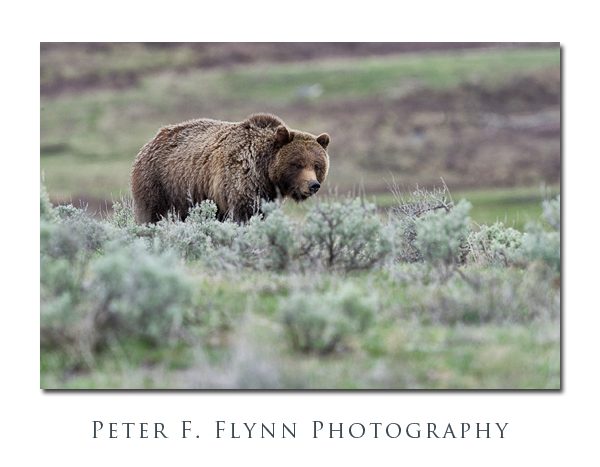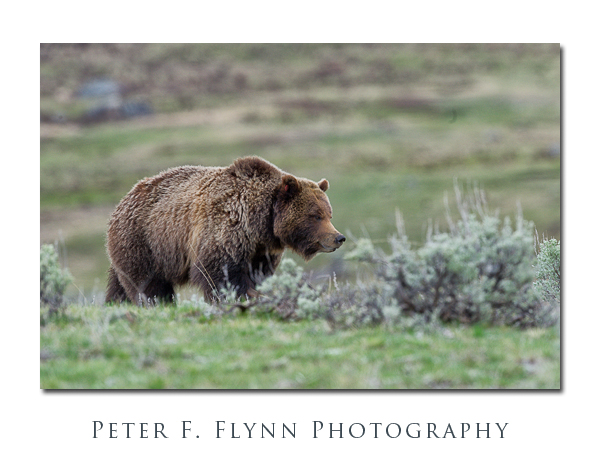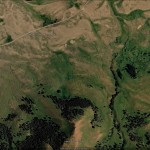Technology is a very weird thing. Some of it represents the highest expression of human ingenuity: writing, telephony, computers…these sorts of areas. Not all of it is quite so charming however – and specifically now, let’s talk about the shaving brush. Simple enough device, delivers soap to a man’s face to lubricate skin in anticipation of contact with the straight razor
So, what do you give the man who has everything? Right, got it, an ivory-handled shaving brush with bristles made from finest BADGER fur.
While you recover from the ‘ick factor’ associated with the suggestion above, let me fill in a couple of details. First, blame it on the French, obviously… Know what the French phrase for ‘shave brush’ is? Yep, blaireau, French for badger, as in ‘Bonjour, mon ami, avez-vous vu un blaireau ici? J’ai besoin d’un rasage.’*
Of course the French are not alone in their disregard of badger rights – in 2012 after many years of badger-positive activity, a major Badger-cull was conducted in the UK, with another scheduled for this year. Ever heard of a Dachshund? Dachs-hund… German for badger-hound. Of course now almost all commercially-produced badger pelts come from China…
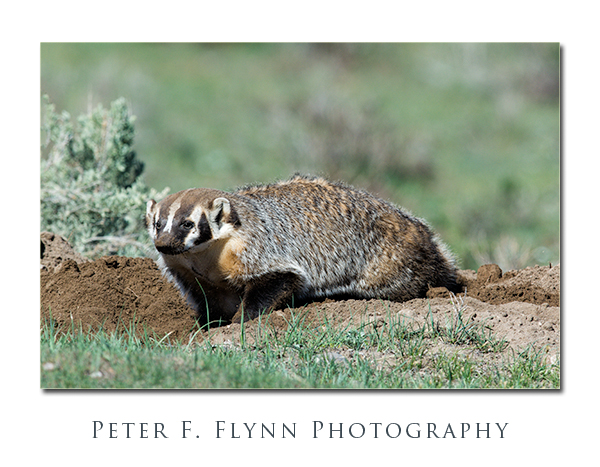 We found this American Badger, Taxidea taxus, just north of the NE Entrance Road, at the base of Specimen Ridge, about 300 meters west of the Lamar River Bridge. Images were record at 13:30 MDT on May 14, 2013, using the Nikon D7100 and the AF-S NIKKOR 600mm f/4G ED VR. Exposures were f/5.6 and 1/1250s, ISO 400.
We found this American Badger, Taxidea taxus, just north of the NE Entrance Road, at the base of Specimen Ridge, about 300 meters west of the Lamar River Bridge. Images were record at 13:30 MDT on May 14, 2013, using the Nikon D7100 and the AF-S NIKKOR 600mm f/4G ED VR. Exposures were f/5.6 and 1/1250s, ISO 400.
Copyright 2013 Peter F. Flynn. No usage permitted without prior written consent. All rights reserved.
* Hello my friend, have you seen any badgers around here? I need a shave.
